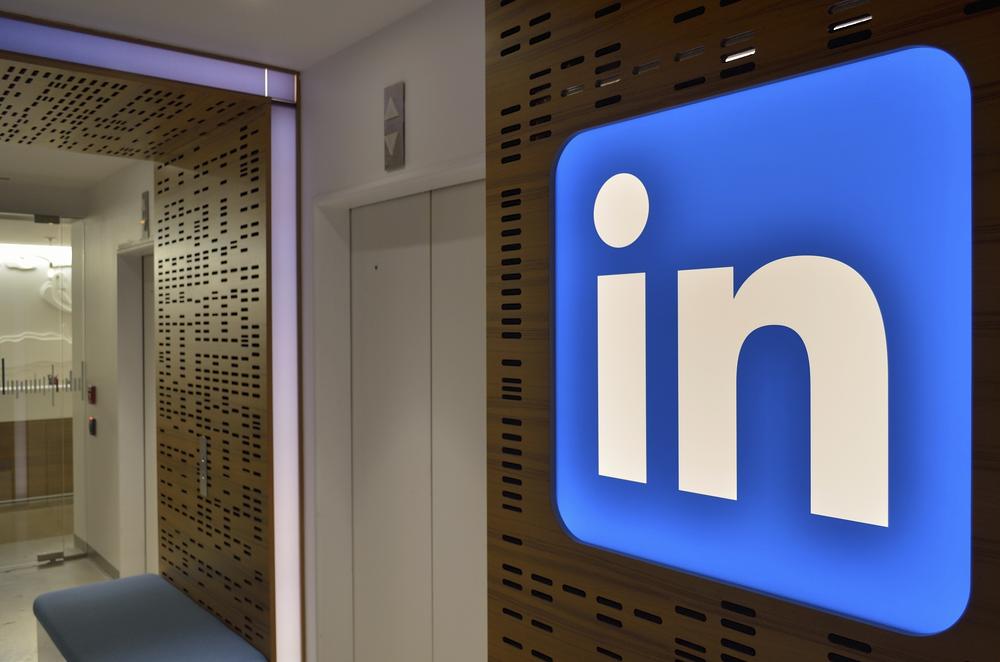There are multiple factors leading to low engagement in today’s workforce, from feeling a lack of support and appreciation to heavy workloads and toxic workplace relationships.
And the numbers back this – on a global scale, 57% of employees are not actively engaged or thriving in their workplace.
So, which steps can be taken to actively supercharge workforce engagement? Let’s dig into why employee engagement should be top of mind for any modern organisation that wishes to remain competitive, and the pivotal role technology plays in unlocking it.
Why is employee engagement so important?
Employee engagement relates to an individual’s sentiment toward their place of work, investment in its mission, and commitment to its overall objectives.
According to research by Gallup,, the annual cost of low engagement worldwide is $7.8 trillion dollars (which adds up to an estimated 11% of global GDP).
Workforce morale, productivity, and turnover are just some of the symptoms of a disengaged workforce. Given that the top reason why employees leave is due to a lack of appreciation, it’s imperative businesses set a cultural precedent that champions company-wide engagement.
But developing a workplace culture that employees want to work in, where they are motivated to perform at their best day-in and day-out, doesn’t happen in a day.
From a top-down approach, it requires active management input to take incremental steps that cultivate the values of an engaged culture both in terms of personal job satisfaction and a sense of involvement with the company.
How is technology linked to engagement?
Investment in technology brings various benefits to businesses. In fact, 77% will look for job alternatives if their current job doesn’t supply them with the necessary technologies, tools, and information to be successful in their role.
It’s becoming increasingly apparent that enhancing the employee experience requires digital investment – there’s an 82% correlation between happiness and the effectiveness of workplace technologies.
Take employee recognition platforms for example. Many solutions, like Mo, allow employees to make company-wide or private posts to highlight team successes, praise colleagues, and give company-wide visibility into group or individual achievements. The impact of recognition, especially when administered in this public and digital arena, shouldn’t be underestimated as 12% of employees are more productive when their efforts are validated.
The power of recognition relates to social connection as a core human need, and our ability to feel seen and validated for our work efforts. If left unchecked, the cost of disengagement leads employees to look for alternatives.
Five ways to use technology to improve employee engagement
Now that we understand the importance of workplace technology when it comes to keeping your staff motivated and engaged, here are some actionable ways in which organisations can utilise digital tools to increase worker engagement.
Automate repetitive tasks
Automation relates to the use of technologies in reducing human input across processes. It allows for repetitive, manual-based tasks to be autonomously executed by computer-based software.
Through workforce management, scheduling, and communication-based software, automation drives employee engagement by 57%.
By automating as many repetitive, manual tasks as possible, employees can win back time and focus on high-priority, business-critical tasks aligned with wider organisational objectives. Automating menial tasks also adds to overall job satisfaction and employees’ wellbeing.
Implementing workflows to carry out low-value and monotonous tasks with fewer errors helps to reduce burnout by making employees feel more supported, and as though you’re investing in them by freeing their time up for more business-critical work.
Invest in your culture
39% of employees feel underappreciated at work.
How an organisation praises its top performers can cause ripple effects from departments to individual employees – that’s why companies should invest in their culture and prioritise employee recognition.
The way in which organisations acknowledge employees can have a big impact on overall engagement. By using employee recognition tools, you encourage organic peer-to-peer recognition. Peer-to-peer recognition has been known to improve employee engagement and morale, so much so that 92% of employees repeat a specific action after receiving positive praise from their colleagues. Social recognition is a powerful reinforcement tool for good work habits and also contributes to a greater sense of belonging.
Gamification also helps with workplace engagement: 89% of employees believed their productivity would improve if their work was more gamified, with the incorporation of game-like elements would increase engagement by 60%.
By applying a game-like element to non-game contexts, it adds a component of friendly competitiveness through point systems, leaderboards, and badges that lead to increased levels of engagement and motivation.

Everything You Need to Know About Employee Engagement
Get your complete guide on all things employee engagement
Optimise feedback loops
Think back to the last time you received feedback – was it valuable? How often was it given? Was the information provided useful or counterproductive? Did it help with performance?
To cultivate an engaged workforce, feedback is essential and, if anything, it shouldn’t be a barrier to better employee engagement. In fact, employees that feel heard are 4.6x more likely to perform at their best.
It’s vital for organisations to establish an open line of communication by putting their workers’ needs first by providing valuable feedback.
To create optimised feedback loops, habitual communication is often the backbone of employee engagement that improves staff retention. Circling back to technology, how can businesses promote regular feedback?
One way is with pulse surveys. These are a brief set of contextual questions sent to employees that routinely seek to obtain employees’ sentiment and views on areas including job-specific and the overall work environment.
Whilst regular employee surveys receive an average of 30-40% response rate, pulse surveys see an 85% response rate that records higher levels of employee participation to promote greater overall engagement when communicating feedback.
Communicate your vision
As previously mentioned, technology can be a powerful tool to seamlessly communicate with a large audience around a particular topic. In particular, internal communication tools can be a great way to increase engagement and motivate employees.
One way to do this is by adopting a top-down communication approach. For example, C-suite-level executives can send motivational videos to announce business-critical information that keeps employees informed and engaged about key updates and company news.
From a management perspective, C-suite level input can augment feelings of inclusion and motivate employees to rally up around a shared mission. In fact, 30% of mission-aligned employees are usually high performers and 24% less likely to churn.
Successful internal communication can foster intrinsic motivation that makes employees feel included and cared about in the wider company mission and the role they play in it.
Leverage mobile training
To maintain an engaged workforce, continuous learning is key. And utilising mobile-first technologies to deliver this training means that employees can enjoy personalised, seamless access to relevant training regardless of when or where they’re working.
Businesses using mobile-based training have seen a 21% rise in profitability with highly engaged teams.
Access to the right information at the right time is an important component of fostering an engaged workforce. Continuous learning benefits your business for a multitude of reasons – when people feel they have been empowered with the knowledge to perform at their best, they are more motivated and productive.
With a microlearning training format, employees can have instant access to consolidated bite-sized training and benefit from greater knowledge retention.
By empowering workers with continuous learning, employees feel they’re given the opportunity to excel within their workplace. In fact, Linkedin revealed that 94% of employees would stay at a company longer when they invested in training their workforce.
About eduMe
Technology is a fundamental aspect of creating an engaged, empowered workforce that is committed, enthusiastic and productive leading to better retention rates and higher morale.
eduMe is a mobile-first training platform used by leading gig, retail, hospitality, manufacturing, and logistics companies in over 60 countries globally.
Uber, Grubhub, Vodafone, Marriott, and many more leverage eduMe’s embeddable, seamless training solution to upskill, inform and engage their workforce, simply and at scale.
Want to keep your workforce engaged? Book a demo with us today.




